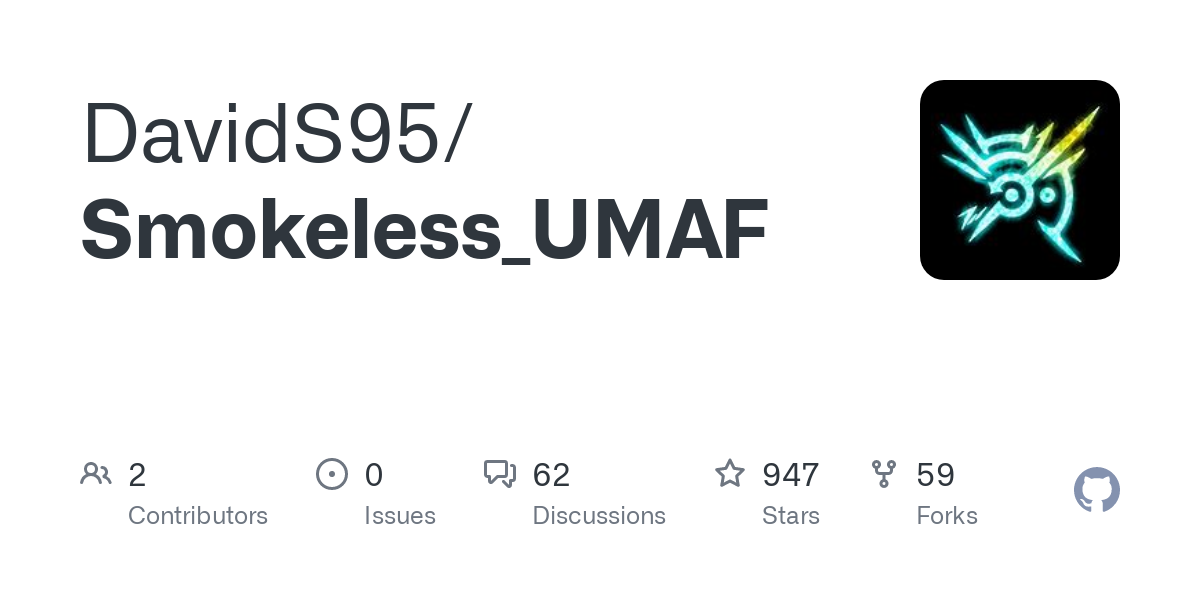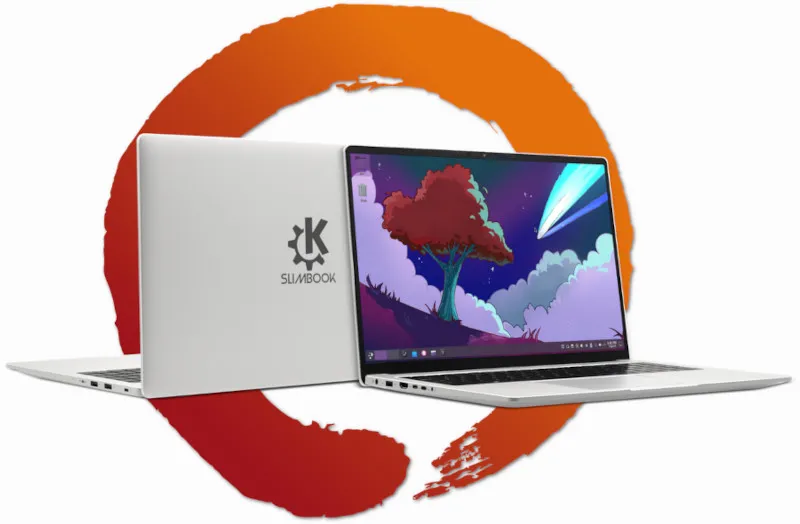- 8 Posts
- 70 Comments

 21·1 year ago
21·1 year agoThere’s some decent forks currently so I wouldn’t worry about the technology, but yeah the organisation is probably going to implode and reorg soon

 7·1 year ago
7·1 year agothat’s true but the Jerusalem post isn’t a primary source in this case, the direct source would be a Knesset press statement.
I’d say least prefer a rule on serving these sites behind a cache link so the ads and clicks aren’t registered!
Or they found out about his time at Epstein Island and didn’t wanna fuck w that

 22·1 year ago
22·1 year agoOnce again asking that we don’t directly link to the fucking Jerusalem Post, which is barely more reputable and progressive than if the daily mail began demanding its editors to browse stormfront forums for 8 hours a day

 2·1 year ago
2·1 year agohttps://awesomekling.substack.com/p/welcoming-shopify-as-a-ladybird-sponsor not sure about the other anonymous donation he received.

 0·1 year ago
0·1 year agoI use a Lenovo 14APH8 (Ideapad Pro 5) which is essentially the same system specification. Pretty brilliant laptop but the drivers have been struggling until this year, finally! Especially with high DPI, high refresh rate screens where memory corruption is easier to run into.
Brilliant post by the way. I’ve just spotted that Smokeless UMAF which might help alleviate the issue I’ve noticed on my laptop which is Lenovo giving me 28GB of RAM but only 1GB of DMA Buffer. Absolutely bullshit when my Steamdeck runs fine with 4GB and barely touches the swapfile. I wonder if this’ll let me get the true 780M performance I yearn for!
EDIT: Hell yeah UMA buffer override lets fuckin GOOOOO
This is very cool. Im a fan of Nix from a tech perspective but im still not sold because of its poor UX, among many other complaints. IMO it’s the future of the Linux distro, but now that might be closer than before!

 1·1 year ago
1·1 year agoSerenity does have donors, but most of the donations are for Ladybird, their libre browser stack separate from Mozilla/Safari/Chromium. Most of the money came specifically from donors looking for improved support for their own websites on Ladybird.

 1·1 year ago
1·1 year ago-
Premium support channels - This is basically how RedHat and Canonical make their money, while offering FOSS for individuals.
-
Donations - KDE and GNOME are largely donor-backed, both by individuals and corporate entities.
-
Commissions on features - Collabora for example is commissioned by Valve to improve KDE and SteamOS.
-
Software licenses - Certain FOSS licenses may permit paid access to software as long as the source is open i think? There are also source-available eg. Asperite that are open source, but only offer binaries for customers.
-
Add on services - Your FOSS web app can offer paid hosting and management for clients. Your distro can offer ISOs with extra pre-downloaded software for a fee (Zorin). You can partner with hardware to distribute your software (Manjaro, KDE).
-
Hired by a company to work on your project and integrate with their own stack. This is what Linus Torvalds did with Linux when he was first hired by Transmeta - part of his time was spent working on Linux to work better with the technology Transmeta used.
-

 17·1 year ago
17·1 year agoI look forward to more voice assistants that arent as laughably broken as Google/Alexa.
My Google Nest can’t even subtract from a timer (it can add, though!). Such a blatant surveillance device.
Idk where you assumed 4k 120hz HDR from the post?
https://dietpi.com can be configured for Kodi. Youll be limited to 1080p H264 for streaming, as long as your Plex server can transcode to that format you should be OK.
It’ll probs support any xinput-compatible pad, too.
Not sure about moonlight support on Pi/Linux but again you’ll be limited by the decode.
- Assuming you have a Pi4B, by the way.
I moved from a 1080p monitor to a 1440p one for my main display and it’s actually really worthwhile. Not only is your daily computing sharper, but multitasking becomes easier because smaller windows are still legible.
IMO it’s a lot easier on the eyes when things are sharper, too.
1080p is still more than enough, but I think 1440p is worth it for a screen you’re using for hours every day :)
I’ve been using wayland on my laptop somce the new year and beyond some driver issues that were purely on AMD’s side (and not entirely Wayland exclusive either) I’ve had no problems.
Stuff like application scaling works so much nicer on Wayland, and X11 just wasn’t very stable when handling fullscreen games to the point where I’d set games to borderless or even windowed mode to stop it crapping out on alt-tab

 18·1 year ago
18·1 year agoOh good, because he was a fascist dictato-- oh because they think the CPP loves him? ok lmao

 3·2 years ago
3·2 years agoThat’s different to how dependencies are managed when developing an application. When they’re updating GIMP and updating it from GTK3 to GTK4, they have to upgrade a bunch of old code that was meticulously fixed to work with GTK3, and things may be changed, broken, or missing entirely. That’s the kind of work you need to do when upgrading an app versus writing a new one from scratch :)

 7·2 years ago
7·2 years agoIf the modern internet teaches us anything, its that everything is ephemeral even when you stringently catalogue every last byte of data. People just dont need access to 90% of YouTube’s library, yet Youtube has to pay big money to make 100% of that library available 24/7 365.
There’s already rips at the seams of these systems. Time is not on the side of YouTube.

 4·2 years ago
4·2 years agoBecause updating dependencies after a long time breaks most of that code anyway, so you have to do a lot of work just to get things working exactly how they were before, only now your code probably has a bunch more bugs that you now have to fix, and it’s still not utilising enhanced features that updated dependencies may offer.
Rewriting can take more time, but if your alternative is to slowly upgrade code originally written in the nineties, you’re actually saving time by using your experience to rewrite something.





Rarely, but I’ve contributed to a couple that I use.
Also, just a note that writing big reports is a valid contribution! It can really help both the regular maintainers finding and fixing bugs, but also gives new devs more potential work to pick up for first contributions.